|
Happy New Year! Are you ready to embrace 2024? I certainly am! I have lots to share with you over the next few months, which includes more insights on my trip to Mt. Etna and Alentejo, a Bulgarian dream tour, and lots of wine from around the world! With the season’s first significant snowstorm in progress, I decided to sample a few red wines to entertain my palate while the snow piles up outside. So, let’s start toasting the New Year with these tasty treats from Italy, Portugal, and Chile. Masciarelli Montepulciano d’Abruzzo DOC 2020 Masciarelli Tenute Agricole is a family-owned winery founded in 1981. Led by mother-daughter team Marina Cvetić and Miriam Lee Masciarelli, the winery is the only one in Abruzzo to own land in all four provinces ((Chieti, Pescara, Teranio, and L’Aquila.) They have 350 hectares of estate-owned vineyards and are committed to sustainability in the vineyards and the winery. Masciarelli has 22 labels and seven product lines. This wine is 100% Montepulciano, hand-harvested from nine specific vineyards. It is aged in stainless steel tanks and then bottled without fining or filtration. Nose: Violets, cherry, berries, and spice. Palate: Juicy bing cherries, red berries, spice, and a hint of herbs. It is nicely balanced and good value for the price! Alcohol: 13.5% SRP: $15 Pairing suggestions: Pizza, pasta, grilled meat, or charcuterie board. Dos Lusíadas Pinteivera Tinto Douro Valley DOP 2018 Michel Chapoutier is an iconic winemaker and wine merchant known for his organic wines in the Rhone Valley, France. In 2009, he picked out a small, three-hectare plot in the Douro Valley, Portugal. His motivation was to produce wine from the indigenous and most praised grape variety, Touriga Nacional. He and local growers collaborated, resulting in the creation of Pinteivera. This 100% Touriga Nacional is hand-harvested at maturity, and the wine is aged in 100% French oak barrels for 12 months, with a percentage that goes to new barrels varying from year to year. “Dos luisiadas is named after the famous poem, Os Lusíadas, written by Portuguese poet Luís Vaz de Camões. This epic work tells the tale of the Portuguese explorer Vasco de Gama’s travels to India.” Nose: Violets, berries, and spice, with a touch of cherry and herbs. Palate: Lovely notes of dark fruit, plum, dark cherry, wisps of minerality, and notes of dark berries and dark chocolate lingering on a long finish. Beautiful depth and character. Alcohol: 15% SRP: $38 Pairing suggestion: Hearty stews, braised brisket, seared tuna, chili, or grilled octopus. Viña Maquis Gran Reserva Cabernet Sauvignon 2018 Viña Maquis is located in the heart of the Colchagua Valley in Chile between the Tinguiririca River and the Chimbarongo Creek. Both waterways act as conduits for cool coastal breezes that moderate the warm summers and have a pronounced effect on lowering the temperatures during the hot season. The winemakers said, “This has an impact on the characteristics of the grapes and the wines by increasing the fresh fruit and floral aromas, making the wines more vibrant on the palate and moderating the alcohol levels.” The Hurtado family has owned the estate since 1916, but its roots date back to the 1800s. They own 218 hectares of vineyards in the DO Colchagua Valley. The grapes for this wine are 90% Cabernet Sauvignon, 6% Cabernet Franc, 3% Carmenere, and 1% Petit Verdot. The grapes are all sourced and hand-picked from a vineyard in the Palmilla DO. The wine was aged for 12 months in French oak barrels. Nose: Red berries, plum, herbs, baking spice, and bing cherries. Palate: Aromas segue onto the palate with an emphasis on cherry and hints of minerality. The tannins are mild, and the wine has good structure and balance. The finish is long and heavenly. Alcohol: 14% SRP: $20 Pairing suggestions: Barbecue fare, stews, cheese plate, portobello burger, or seared tuna. Montes Wings Carménère 2020 Montes Winery is based in the Colchagua Valley, Chile, with its vineyards spread throughout the country. It was established in 1987 by original partners Aurelio Montes and Douglas Murray. In 1988, Alfredo Vidaurre and Pedro Grand joined the partnership. These visionaries created a company recognized worldwide today, with their wines exported to over a hundred countries. Wings was created from a long-running dispute between Aurelio Monte Sr. and his son, Aurelio Jr. His son wanted to produce a “more free-flowing style of Carménère.” The result is Wings. It is 85% Carménère and 15% Cabernet Franc. Grapes for this wine are sourced and hand-picked from their Finca de Apalta estate in the Colchagua Valley. The wine was aged in new French oak barrels (80%) and second- and third-use barrels (20%) for 16 months before bottling. Nose: Dark berries, cherry, pepper, baking spice, tobacco, and a hint of fig.
Palate: Lush dark fruit with spice and a touch of dark chocolate lingering on a long finish. Beautifully structured and complex. It will only get better with age! Alcohol: 14.5% SRP: $55 Pairing suggestions: Aged cheese platter, roasted/grilled meat, mushroom stew, lamb chops, or vegetable risotto. Fun fact: Chile has the most Carménère under vine in the world, at 10,332 ha/25,530 acres in 2021. By comparison, France has just 80 ha/197 acres. DNA analyses carried out in New Zealand in 2006 showed that several vines planted as Cabernet Franc are, in fact, Carménère. It is also present in Veneto, Italy, plus a few vineyards in China. I wish everyone a healthy, happy, and peaceful New Year! Until next time… Cheers! Penina To leave a comment or if you have an inquiry, please contact me at [email protected] The shortest day of the year is finally behind us, but winter has officially begun. Although I enjoy the beauty of a winter wonderland, I’m not a fan of the slush, ice, and frigid weather accompanying it. So, let’s chase the winter blues away with some white wines and dream of tropical beaches and warmer weather! Trenel Mâcon Villages AOP 2021 Maison Trenel was founded in 1928 by Henri Claudius Trénel and is in the heart of the South Burgundy and Beaujolais wine regions. The grapes for this 100% Chardonnay are sourced from vineyards in Mâcon and 26 villages in the area. The Mâcon Villages Trénel is produced on parcels facing south and southeast in Charnay-lès-Mâcon and Viré. This blend of different clayey soils with variable limestone ratio bestows the right balance on the wine, rich and subtle at the same time. Nose: White flowers, citrus, and apple. Palate: Aromas segue onto the palate with a rich mouthfeel, crisp acidity, and a refreshing finish of lingering citrus notes. Alcohol: 12.5% SRP: $28.99 Feudi di San Gregorio Greco di Tufo, DOCG 2020 Feudi di San Gregorio was established in 1986 by the Capaldo family and is one of Campania’s premier wine estates, located in southern Italy, near Mount Vesuvius in the tiny village of Sorbo Serpico within the Irpinia DOC. This wine is made with 100% Greco, a white grape variety grown mainly in Campania. The grapes for this wine are sourced from the chalky soils of Tufo, contributing to the wine’s minerality, freshness, and persistence. Nose: Beautiful floral notes, melon, citrus, and herbs. Palate: Lush notes of pink grapefruit, juicy pear, and lively acidity, with a touch of mint and balsamic mingling with the fruit on the finish. Alcohol: 12.5% SRP: $28 Oberon Napa Valley Sauvignon Blanc 2022 Oberon Wines is part of the Michael Mondavi Family portfolio. Tony Coltrin is the winemaker for Oberon Wines and is celebrating 50-plus harvests. Having the advantage of being a lifelong resident of Napa, Tony knows every expression of the valley and, specifically, which sub-zones produce Bordeaux grapes that are exceptional. His lifelong relationships with growers throughout Napa Valley are the very essence of Oberon’s quality and consistency. Tony selects top-quality fruit year after year from the finest wine-growing regions throughout Napa. This wine is a blend of 81% Sauvignon Blanc and 19% Sauvignon Musqué. The grapes are sourced from the warm Pope Valley and cool Carneros appellations. Both cold tank fermentation and 14% barrel fermentation are used to maximize the overall fruit expression. “The cold-fermentation in-tank helps us maintain the pureness of fruit and aromatics, and barrel fermentation adds a subtle creaminess and length.” Nose: Notes of tropical fruit, apple, minerality, and herbs. Palate: Aromas segue onto the palate with white stone fruit, honeydew, and nice acidity. Minerality and citrus linger on the finish. Alcohol: 13.7% SRP: $20 Mandrarossa Urra Di Mare, DOC 2021 Mandrarossa is a brand created by Cantine Settesoli, located in Menfi, Sicily, on the island’s southwestern side. Cantine Settesoli was founded in 1958, and it is the largest winery in Sicily and a source of ongoing research and innovative ideas. Mandrarossa is Settesoli’s top brand, which emerged in 1999. This wine is 100% Sauvignon Blanc sourced from vineyards that stretch along south and southwest-facing hills with clay and limestone soils, “a wine created from sea breezes.” 2010 was the first vintage for this wine. Nose: Floral, citrus, white stone fruit, and a hint of herbs. Palate: This refreshing wine is layered with citrus, apricot, peach, herbal notes, crisp acidity, sapidity, and minerality. Apricots linger on a long finish. Alcohol: 11.5% SRP: $19.99 Pairing Suggestions Enjoy the above wines as an aperitif or serve with raw fish, grilled fish, salads, sushi, white meats, light pasta dishes, and cheese platters. These white wines will drink beautifully all year long. And, if you’re missing warmer weather during the winter months, a glass of white wine and a little imagination can transport you anywhere! Until next time…
Cheers! Penina To leave a comment or if you have an inquiry, please contact me at [email protected] The holidays are upon us, and there are many suggestions on the internet for what to pop open to celebrate all the festivities. So, I’ll skip the long list and keep it short and bubbly this year! As I’ve often said, one doesn’t need a special occasion to enjoy sparkling wine. And with holidays soon to be a distant memory and winter bearing down on us, let’s keep the party going! Recently, I received three sparkling wines to sample. Having reviewed these wines several years ago, I was happy to dive into these tasty sparklers again. This time, I was provided with a creative cocktail recipe for each style of wine. Piper Sonoma was founded in 1980 by the Marquis d’Aulan family, direct descendants of the renowned Piper family. Based in Sonoma, CA, in the Russian River Valley region, Piper Sonoma has been producing sparkling wines for over 40 years. The wines are made in the Méthode Traditionnelle style, the same process used by its sister, Maison Champagne Piper-Heidsieck. Each vineyard lot is hand-harvested, fermented, and aged separately. The wines are produced in Healdsburg under the guidance and expertise of winemaker Keith Hock. The winemaking team collaborates with more than 20 growers, which include renowned families such as Dutton, Young, and Ledbetter, who, for decades, have been supplying Piper Sonoma with sustainably farmed grapes. Piper Sonoma collaborated with Sommelier Chloe Dickson to create effervescent drinks for each wine to delight the palate. - the Rosémary Spritz, Piper Sonoma “Champagne” cocktail, and Winter in Sonoma. The recipes follow each review. Piper Sonoma Brut Cuvée NV, Sonoma County This sparkling wine is a blend of 56% Chardonnay, 37% Pinot Noir, 7% Pinot Blanc, and an aged reserve blend (6%). The cuvée is placed en tirage for 19 months for secondary fermentation in the bottle before disgorgement. Finally, a small percentage of older reserve wine is included in the liqueur d’expedition, adding further complexity and texture. Nose: Orchard fruit, citrus, apple, and brioche. Palate: Lush with orange, green apples, red berries, minerality, bread dough, and creamy mouthfeel. It is a delicate mousse with a refreshing and long finish. Alcohol: 12.5% SRP: $23 Piper Sonoma Rosé NV, Sonoma County This rosé is a blend of 61% Chardonnay, 33% Pinot Noir, 6% Pinot Blanc, and an aged reserve blend (10%). The cuvée is placed en tirage for secondary fermentation in the bottle for 32 months prior to disgorgement. Finally, a small percentage of older reserve wine is included in the liqueur d’expedition, adding further complexity and texture. Nose: Inviting aromas of floral, berries, citrus, and cranberry. Palate: Strawberry, cherry, citrus, and a touch of toast give way to a beautiful creamy mouthfeel and crisp acidity with a long finish. Alcohol: 12.6% SRP: $23 Piper Sonoma Blanc de Blancs NV, Sonoma County The blend for this wine is 90% Chardonnay and 10% Pinot Blanc. The cuvée is placed en tirage for 36 months for secondary fermentation in the bottle prior to disgorgement. Nose: Lovely notes of floral, citrus, and green apples. Palate: This is a dry and lively wine with crisp acidity and creamy texture. Notes of tart apples, citrus, and brioche linger on a long and delectable finish. Alcohol: 12.9% SRP: $23 Whether sipping these wines by the glass or mixed in cocktails, one can’t go wrong! And the price-to-value ratio is a no-brainer! These are lovely wines to serve over the holidays, and great to drink all year long!
Until next time… Cheers! Penina To leave a comment or if you have an inquiry, please contact me at [email protected] Whenever I travel to Sicily, the anticipation and thrill of adventure always sends me to the moon and beyond. And once I arrive, I am never disappointed! In early September, my latest trip took me to the island’s eastern side to explore Mount Etna, where I savored the unique wines from grapes grown on this very active volcano! Through the gracious invitation of the Consorzio Tutela Vini Etna DOC, I and many wine writers worldwide participated in a three-day event called #EtnaDays. It was an immersion of walk-around tastings, an Etna appellation masterclass, spending time with producers, hiking through vineyards, enjoying the local cuisine, and ending the trip with a fabulous beach party. Slide show and video credits: Penny Weiss Mount Etna Mount Etna is a UNESCO World Heritage Site located on the east coast of Sicily, just north of Catania. It is the largest active volcano in Europe, on the largest island in the Mediterranean Sea. It is majestic, mesmerizing, and quite the scene-stealer! Whether emitting gentle wisps, billowing smoke, or bursts of fire, Mount Etna makes its presence known 24/7! Mount Etna is believed to be over 500,000 years old. Its shape is ever-changing due to its constant activity of ash emission, lava flow, and the creation of new craters. Mount Etna is 3,300 meters (10,826.77 ft) above sea level and 45 kilometers (about 28 miles) in diameter. The vineyards are typically planted between 400 and 800 meters (1312 ft and 2624 ft) above sea level but can reach up to 1000 meters. (3280ft) The steep, terraced slopes can be challenging, hard to navigate, and tiring to work with. Most of the harvesting has to be done by hand. Due to these extreme conditions, the term “heroic viticulture” was born. Below is a screenshot from an app I used on this trip of how high in altitude I was while visiting one of the vineyards. One might ask how growing grapes on an active volcano is possible. It is a little daunting, but the volcanic wines produced here are noteworthy! A few years ago, I had lunch with Patricia Tóth, head winemaker at Planeta, who specializes in producing Etna wines. Patricia also happens to live on Mount Etna. I asked her if living and working on an active volcano was worrisome. Patricia said, “We are happier when there are small eruptions as opposed to being silent. If it were silent, the pressure would start to build, and that is not good.” According to the Consorzio, “The surface that falls within the Etna DOC is just under 1.200 hectares.” The production area covers the northern, eastern, southeastern, and southwestern slopes of the volcano and is located in the territories of 20 municipalities, all in the province of Catania. Below is a map of the slopes in the shape of a semicircle and the territories. There is much diversity in the soil and climate conditions from slope to slope, affecting grape growing on Mount Etna. This leads to a different outcome for the wine when only a few hundred meters separate one production plot from another. Each slope varies in temperature and soil. The volcanic soil can be pebbly and gravelly, sandy or chalky, with lots of minerals and nutrients. The high elevation and exposure to the hot sun with cool Mediterranean breezes and large temperature swings between day and night add to the complexity of the grapes’ characteristics. The microclimate and terroir on each side of the mountain can define what grapes are planted. With regard to elevation, as one ascends the mountain, volcanic soil tends to be richer and darker from the lava flow. The temperatures vary with Alpine conditions at the top and typical Mediterranean climate descending the mountain. An active volcano providing black volcanic soil, cool climate growing conditions, and plenty of sunshine makes Etna an ideal location for making crisp white and racy red wines. A Brief Description of the slopes from Consorzio Di Tutela Vini Etna DOC The Four Volcanic Slopes The Northern slope has the highest number of producers and the gentlest slopes. The climate is cold but protected by the surrounding mountain ranges of Peloritani and Nebrodi. The most cultivated variety is the red Nerello Mascalese. The Eastern slope overlooks the Ionian Sea and is the most exposed to rain and winds. The bush vines are cultivated on small terraces up to 900 meters above sea level. On the eastern slope, the white grape Carricante is dominant. The South-Eastern slope has several eruptive cones, which are now all extinct. The numerous vineyards are often trained as bush vines (i.e. gobelet vine training), which allows them to be kissed by the sun and sea breezes. The Nerello Mascalese and Carricante varieties grow here in ideal conditions and easily reach perfect ripeness. The South-Western slope is the furthest from the sea and, therefore, is characterized by a strong temperature range. This area has less rain, is beaten by hot winds, and has great solar intensity. The cultivations of the red Nerello Cappuccio and the white Carricante find excellent conditions and can exceed 1000 meters above sea level. The Grapes Nerello Mascalese is an indigenous grape used to produce red, rosé, and sparkling wines. It is the most widespread grape variety planted on Mount Etna. The wines made from Nerello Mascalese have a high alcohol content, high level of acidity, ruby color, delicate hints of fruit, minerality, great finesse, medium structure, and good balance. Nerello Cappuccio is an indigenous grape used to produce red, rosé, and sparkling wines. Wines made from Nerello Cappuccio have a low alcohol content and good acidity. Its ruby red color is deeper than that of Nerello Mascalese, with subtle violet tones. The nose shows herbaceous and spicy scents with floral and fruit. The palate offers delicate tannins, freshness, and medium structure. Carricante is an indigenous white grape variety used to produce white wine. Once used as a blend with other grapes, Carricante is now vinified as a single variety and is the main variety in blends. It has lovely aromas of citrus, white flowers, and white stone fruit with lots of minerality on the palate. Catarratto is an indigenous white grape variety that is declining in popularity on Etna. According to the Consorzio, “Today, we tend to distinguish the Catarratto variety according to its clones, which are actually quite different from each other. The two main and most widespread are the Catarratto Bianco Comune and the Catarratto Bianco Lucido. At its best, it carries aromas of citrus and herbs, structure, freshness, and a pleasant mineral aftertaste.” Consorzio Tutela Vini Etna DOC The Etna DOC appellation was established in 1968. Etna wines were among the first in Sicily to obtain a DOC (Denomination of Origin) and one of several oldest in Italy. The Consorzio Tutela Vino Etna DOC was created in January 1994 to enhance and protect Etna wines and its territory. As of this writing, the Consorzio recently released a press bulletin stating they are going to begin steps to obtain the prestigious DOCG recognition, the highest recognition for wines in Italy. (Denomination of Controlled and Guaranteed Origin.) Francesco Cambria, president of the Consorzio Tutela Vini Etna DOC, said, “We are very happy. This is an important, I would say, historic decision for the entire Etnean territory.” With over 200 members (producers) in the Consorzio, it was a unanimous decision to begin the process. Francesco further commented, “The wish of all the producers of our denomination is that the great work carried out so far and the prestige that the market has now recognized for our wines be definitively legitimized, also through the achievement of the highest step of the pyramid of the denomination certification system.” Some changes to the current production specifications will take place, but the overall borders of the Etna appellation will remain the same. Although I’ve been drinking Etna wines for several years, the pure joy of tasting these wines while on Mount Etna is beyond sublime! I’ll dive deeper into the wines and styles, history, slopes, terroir, and cuisine and visit a few wineries in more Etna articles to come soon. Much to share! Stay tuned! Until next time…
Cheers! Penina To leave a comment or if you have an inquiry, please contact me at [email protected] Last month I was invited to a Mediterranean Aperitivo Hour, which I could not attend. Several weeks later, a package arrived with most of the delicious treats from the event! It contained Vermouth Di Torino PGI (Protected Geographical Indication), two kinds of PDO (Protected Designation of Origin) Italian cheese, and an assortment of olives from Greece. Vermouth is a lightly fortified wine infused with aromatic botanicals such as herbs, spices, fruit, and sometimes vegetables. It is produced worldwide, and each producer has a unique recipe, which is kept a closely guarded secret! The styles of vermouth range from dry to extra dry and sweet. The colors can be white, red, amber, or rosé. According to the European Union, the product must be 75% wine to be considered vermouth. Vermouth is quite versatile, and depending on the style, it an be enjoyed as an aperitivo, served over ice, with a dash of soda, added to a cocktail recipe, or used in cooking. Vermouth Di Torino PGI Vermouth Di Torino PGI is considered one of Italy’s most famous aromatized wines. It is a specific style of vermouth. The key ingredients are the herbs belonging to the genus Artemisia (wormwood) and must be grown, harvested, and produced in Piedmont. And only specific Italian grape varieties are permissible. Torino is located at the foothills of the Alps, and the terroir is conducive to growing grapes and botanicals. Vermouth has been produced here for over 300 years. According to the Vermouth di Torino Consortium, this vermouth must be bottled between 16% and 22% abv. Depending on whether the vermouth is dry, extra dry or sweet, specific sugar levels apply. An extensive range of aromas and flavors exist contigent on the color and sweetness level. Pecorino Toscano PDO In 1996, Pecorino Toscano gained DOP (protected designation of origin) status, finally making the name official. In order to use the name Pecorino Toscano, DOP, producers must follow a specific recipe and aging procedures. The PDO seal ensures that the cheese has been made in strictly designated areas, using only local sheep whole milk from Tuscany and some neighboring municipalities in the Viterbo, Perugia, and Terni provinces in the regions of Umbria and Lazio. Producers must comply with traditional artisanal production techniques. The aging of the cheese ranges from 20 days (a soft cheese) to four months or longer (a semi-hard cheese.) Pecorino Toscano DOP is a soft cheese aged for four months. It is buttery with nuts, lemon, and sweet and savory notes. It is delicious alone or as part of a charcuterie, or in salads. Pecorino Toscano DOP Stagionato is a semi-hard cheese aged for four months. The texture is firm with a sharp and zesty flavor and very nutty. It is excellent in salads, pasta dishes, or added to a cheese board. Greek Olives Olive production in Greece has been a tradition for centuries and is an integral part of Greece’s culture and culinary traditions on the Mediterranean coast. Today, there are about 150 million olive trees, 2,800 olive mills, and 600,000 olive farmers in Greece! Impressive, right? Olives are cultivated throughout the country and exported to over 100 countries worldwide. I couldn’t identify the types of olives sent to me, but they are all quite good! Here are two vermouth cocktail recipes to enjoy with the cheese and olives. It’s a great starter or ender at holiday time! Americana courtesy of Cinzano Add fresh ice to a rock glass and pour these ingredients over it. 1 oz. Cinzano Vermouth Rosso/1757 Vermouth di Torino G.I. Rosso 1 oz. Campari A splash of soda Stir and complete with a slice of orange and lemon zest. Vermouth Spritz 1.5 oz of Vermouth Bianco
3 oz of tonic water Use a white wine glass and pour the ingredients over ice. Garnish with an herb sprig or slice of fruit. Until next time… Cheers! Penny To leave a comment or if you have an inquiry, please contact me at [email protected] The holidays are quickly approaching, and menus are in the making. Why not get in the spirit with a glass of bubbly? Opening a bottle of good quality sparkling wine that retails for $18 is a no-brainer, especially when pouring a glass just for me! Domaine Bousquet is no stranger to my website. It is a family-owned winery and Argentina’s largest producer and exporter of organically grown wines. It is located in the Gualtallary Valley, high up in the Tupungato district of the Uco Valley, where altitudes can reach up to 5,249 ft. I’ve met and dined with Anne Bousquet (co-owner) several times, written numerous articles, and reviewed most of their palate-pleasing wines. So, let’s explore a few of Domaine Bousquet’s sparkling wines without further ado! Both of these sparkling wines are produced using the Méthode Traditionnelle, where the second fermentation takes place in the bottle. The Brut is fermented on the lees in bottle for six months before disgorgement. 100% certified organic grapes are hand-harvested from the estate’s vineyards by the foothills of the Andes at an altitude of 4000 ft. The high altitude imparts cool nights and hot days, contributing to the grapes’ fresh fruit flavors and acidity. Domaine Bousquet Traditionnelle Chardonnay-Pinot Noir Brut NV This sparkling wine is made with 75% Chardonnay and 25% Pinot Noir. Nose: Floral, yeast, tropical fruit notes with apple. Palate: Creamy mouth-feel with fine bubbles, lemon, green apple, and soft berries. Fresh, with lively acidity. Alcohol: 12% SRP: $18 Domaine Bousquet Traditionnelle Pinot Noir-Chardonnay Brut Rosé NV This sparkling wine is made with 75% Pinot Noir and 25% Chardonnay. Nose: Floral, strawberry, sweet apples, and cherry. Palate: Refreshing acidity with persistent bubbles. Aromas segue onto the palate with citrus, cranberry, and lemon on the finish. Alcohol: 12% SRP: $18 Pairing suggestions: Enjoy these wines as an aperitif or with seafood, quiche, roasted chicken, and desserts! These wines are priced well and are a great way to kick off the holidays or to pop open for a “just because” moment!" Until next time…
Cheers! Penina To leave a comment or if you have an inquiry, please contact me at [email protected] My last article was about a virtual visit to Coonawarra, Australia. Since my palate is still savoring the last wine I opened from this region, I’ve decided to stay in Australia longer and introduce you to a few more wines from this majestic and oldest continent. Australia is broken down into six states and two territories. There are 65 wine regions and over 2,500 wineries spread throughout the states. One could spend a long time exploring these regions and wineries! It is interesting to note there are no grapes indigenous to Australia. The first vines arrived in 1788, and vineyards were established in 1805. James Busby, a viticulturist and writer, is regarded as the “father” of the Australian wine industry. He traveled to Europe in 1831 and collected 650 grape varieties, of which 362 survived the journey. They were planted in the Botanical Gardens in Sydney, and a duplicate collection was planted in Busby’s Hunter Valley property. Over time, cuttings made their way to other regions, establishing the “old vines,” of which many can be traced to the original Busby collection. With over 130 grape varieties, the major wines produced in Australia are Shiraz, Cabernet Sauvignon, Pinot Noir, Grenache, Merlot, Chardonnay, Riesling, Semillon, Muscat and Sauvignon Blanc. Today, my focus is on three wines from Victoria and McLaren Vale wine regions. Domaine Tournon, Victoria Domaine Tournon, owned by legendary Michel Chapoutier, is located in the Victoria wine region, which also is a state. Michel made his mark on the wine world by producing beautiful Rhone Valley wines. But he had a desire to find land in Australia and grow Rhone Valley grapes there as well. In 1997, Michel began exploring the terroirs of Australia and settled on the distinctive terroirs of Victoria on the southeastern side of the continent. He and his team planted non-grafted vines from 19th-century clonal selections, imported from Europe before the arrival of phylloxera, in the sub-zones of Heathcote and Pyrenees in Victoria. These vineyards were then and continue to be farmed organically. Mathilda Victoria Shiraz 2020 This wine is 100% Shiraz. Grapes are sourced from the sub-zone Pyrenees vineyards with soil composed of podzolic layers from clay and ferruginous schists. The wine was entirely aged in cement or stainless steel tanks for 12 months and then bottled. Mathilda Shiraz is named after Michel’s daughter, Mathilda. Nose: Beautiful notes of dark fruit, pepper, violet, and earthy. Palate: Aromas segue onto the palate with silky tannins, a sweet and savory dance, and a spicy finish. Alcohol: 14.5% SRP: $21 Pairing suggestions: Charcuterie, game, roasted meats, seared tuna, vegetable stew, and Asian cuisine. Hardys, McLaren Vale, South Australia Hardys is one of the oldest wineries in Australia and is celebrating its 170th anniversary this year. It was founded in 1861 by Thomas Hardy, who recognized the potential of McLaren Vale terroir and the endless possibilities for creating world-class wines. By 1900, Thomas Hardy and Sons had become the largest winemaker in South Australia. Thomas passed away in 1938, leaving his wife, Eileen, and four young children to carry on. Eileen successfully took over the winery’s leadership and is credited with putting McLaren Vale on the world wine map. By 1965, the fourth generation took its place at the helm. In 2018, Hardys was purchased by a private company, the Carlyle Group. Although it is no longer family-owned, a few family members are still associated with the company. Hardys Tintara Reserve Shiraz 2019 The grapes for this 100% Shiraz are sourced from the vineyards of the original Tintara site where Thomas Hardy made his first wines. There is no data available as to vinification or aging methods. Nose: Dark fruit, cherry, anise, and baking spice. Palate: Blackberry, dark plum, mocha, spice, and a touch of blueberry on the finish. Silky tannins and good structure. Alcohol: 14% SRP: $20 Pairing suggestions: Grilled meat, game, or veggies. BBQ, stews, and aged cheese. Hardys Tintara Reserve Cabernet Sauvignon 2019 The grapes for this 100% Cabernet Sauvignon were also sourced from McLaren Vale’s Tintara vineyard. There is no data available as to vinification or aging methods. Nose: Dark berries, cherry, fennel, herbs, and Palate: The savory herbs blend beautifully with the sweet berries. Beautiful texture and length. Spice and cherries linger on the finish. Alcohol: 14% SRP: $20 Pairing suggestions: Charcuterie, Asian cuisine, grilled meat, seared tuna, stews, or spicy Pumpkin Red Lentil Chili! Stay tuned for a deeper dive into the regions/sub-zones of Australia. There is much to discover!
Until next time… Cheers! Penina To leave a comment or if you have an inquiry, please contact me at [email protected] This past week, I had a face-to-face conversation with the iconic Sue Hodder, senior winemaker at Wynns Coonawarra Estate, located in Australia’s southeast Limestone Coast. Sue joined Wynns in 1993. In 1998, she became the winery’s first female chief winemaker. Her enthusiasm, zeal, and delightful humor made for an engaging visit. Let’s start with a brief history of Wynns Coonawarra Estate. The estate’s history began with Scottish pioneer John Riddoch, who founded the estate in 1891, planted vineyards, and built and completed the estate’s famous stone, three-gabled winery in 1896, called Chateau Comaum. In 1951, Melbourne wine merchants David Wynn and his father, Samuel, purchased Chateau Comaum, with 54 hectares of vineyards, 36 hectares of pasture, a distillery. and a winery. They renamed it “Wynns Coonawarra Estate” and designed a label for their wines depicting the famous three-gabled winery. Wynns’ first Cabernet Sauvignon was created in 1954, ‘Wynns Black Label Cabernet Sauvignon,’ the first commercially labeled Cabernet Sauvignon in Australia. Their flagship wine, first made in 1982, is “John Riddoch Cabernet Sauvignon,” only produced in the best years. And I had the pleasure of tasting the 2020 vintage and will discuss it in this article. Coonawarra is famous for its Terra Rossa, meaning “red earth,” a 20km strip of red soil. It is a rich, red soil with a fertile topsoil covering a bedrock of porous limestone, which assists with winter drainage and summer moisture retention. Combined with a cool, moderate climate, it can result in fruit with great concentration and complexity while keeping high acidity. The Cabernets in this region can benefit greatly with intense aromas, flavors, and smooth tannins. Sue Hodder Sue grew up in Alice Springs in the Northern Territory of Australia, called the Red Centre, a semi-desert. Although there were no wine vineyards as far as the eye could see, Sue always felt a connection to the land. So, it was no surprise that she ended up studying and getting a degree in viticulture at Roseworthy Agricultural College in Adelaide. It was there that she took an interest in wine. How did you segue from viticulturist to winemaker? What was your “aha” moment that led you to it? Sue: It all began when I was quite young. I started with agricultural science, then got a job with wine growers in the Barossa Valley, working in old vineyards, which was amazing! I started traveling in the early 1980s, first to London and then around the world. I ended up at Fetzer Winery in Mendocino, CA, working with winemakers Dennis Martin, Paul Dolan, and Steve Dorfman. They really inspired me. They made beautiful wines that were organic and vineyard-driven. That was the real “lightbulb” moment for me. You have won an impressive amount of awards in this male-dominated industry and are world-renowned. Any comments? Sue: I’m the most famous person on my street here. Actually, I’m the only person on my street! Wynns has always been proud of their women stories, such as those who set up the vineyards after World War Two. Many of the women were from the Ukraine, Italy, and North America. It was a melting pot of sorts. People say this is the middle of nowhere, and I say it is the middle of everywhere. What challenges are you facing in the vineyard and production? Sue: I have been making wine for 40 years and have been at Wynns for 32 years. Changes in the industry, philosophy, and climate change are ongoing. Challenges are high, but it really resets our thinking in a good way. I was fortunate to work with a viticulturist here who just retired and was an incredible environmentalist. He was onto climate change and CO2 levels decades ago. He felt we needed to rethink things and look more closely at the data. Sustainable viticulture methods are our main focus. We’re trying every day to be respectful of the land and give acknowledgment to the people who were here before us. We strive to put the land in a better way than when I first started here. It is about respecting the soil health, more judicious use of water, and the rewards that come in the wines…brighter wines. What is one of the hardest things about winemaking year in and year out? Sue: There is always something new to learn, and every season is different. Even in the amazing years, we think there is always something we could have done better. There is a responsibility even in the great years. It is not just going through the motions of making the wine. It is showing off the beautiful vineyards here to the best advantage. We always question, ‘Are we doing our absolute best with the vineyards?’ We are in a cool area, and it is spring right now. A warm time during flower and set in November and December translates to evenness in grape ripening. Do you think climate change and the earth’s warming work to your advantage? Sue: In general, yes. But we’re also trending to more variables and must be ready for everything as best we can. Generally, warmer years are better for us with a few qualifications. We’re in an area where we get an allocation of water. We have to be responsible and make sure how to use it. If we have a dry summer and autumn, then we need to finish it off so leaves don’t fall off in the summer. Let’s talk about the 2020 vintage of John Riddoch Limited Release Cabernet Sauvignon that I’m tasting. Why is it so special? Sue: This vintage was low-yielding and couldn’t be a great harvest. However, it has that small berry character and is quite concentrated besides being a medium-bodied wine. It’s that red cassis fruit that generally characterizes the John Riddoch wine. It is our Reserve and not meant to be a more concentrated version of our Black Label Cabernet. We’ve been making this wine since 1982. All the John Riddoch wines should be drinking well for years to come if they’ve been well-cellared. If we can’t achieve the quality, then we skip that year. We omitted 2011 and 2017. How long should we wait to drink this wine? What is its shelf life? Sue: In all honesty, you can drink it now. I love these wines as eight to ten years old. They present as a nice combination of fruit and some bottle development. But the John Riddoch wines can drink well for 40 years! John Riddoch Cabernet Sauvignon 2020 The grapes for this 100% Cabernet Sauvignon were selected from less than 1% of the Cabernet vineyard. The 2020 harvest was all from the 1969 planted Childs vineyard of Coonawarra. The wine was aged for 17 months in French oak, 23% new/45% one-year old and 32% two year old.
Nose: Violet, dark berries, baking spice, a hint of forest floor with a touch of Sen Sen (a licorice & violet candy) Palate: Earthy, concentrated flavors of berries with smooth tannins and vibrant acidity. Flecks of minerality, sweet spice, cherry, and bay leaf linger on a long, luscious finish. Alcohol: 13.5% SRP: $99 What would you pair with this wine? Sue: Generally, braised meat, low-temperature cooked meats such as beef bourguignon, or fatty fish like poached salmon with a red pepper sauce. The tannins offset the texture of the fish beautifully. That said, antipasto, charcuterie platters, and spicy Asian cuisine work nicely. This isn’t a wine that demands a big red meat. This bottle is a screw cap. Let’s talk about it. Sue: We changed to screw caps when we were frustrated with the cork quality we were getting at the time in Australia. We have loved screw caps. However, the cork quality has really improved. We find the wine is reliably aging at a consistent rate with a good cork, and the trials prove it. Starting with the 2022 vintage, we will bottle a lot more wine with cork again because our customers prefer it. Although Sue is modest in her achievements in the wine industry, I am happy to shout out a few of her accomplishments. She has been awarded ASVO Winemaker of the Year and Gourmet Traveller WINE Winemaker of the Year. She was chosen as one of the ten Australian winemakers to represent Wine Australia in the Launch of the A+ program at the Shanghai World Expo. In 2017, Sue was given the award for Australian Women in Wine Awards, Woman of Inspiration Award. The list goes on! Sue’s passion for viticulture and winemaking is present in every bottle of wine she produces. It has been a true pleasure spending time with her. Until next time… Cheers! Penina To leave a comment or if you have an inquiry, please contact me at [email protected] This time of year brings unpredictable weather. In the northeast, we’ve gone from bone-chilling days to sweltering heat the next. Add heavy rain, flooding, and wind, and one can call it a very mercurial start to fall. Within a 24-hour period I changed from wearing shorts and a tee-shirt to a sweater and leggings and had to turn on the heat! So, to keep up with this craziness, I always keep a variety of wine styles on hand to “pair” with the weather and my mood! This past week, I received two wine samples from LUKE, a Sauvignon Blanc and a Red Blend, both a welcome addition to my autumn collection. LUKE is located in the Wahluke Slope AVA in the Columbia Valley wine region in southeast Washington state. The Wahluke Slope AVA is around 81,000 acres, and approximately 8,932 acres are planted to vines.. The Columbia River borders the AVA to the west and south and the Saddle Mountains to the north. It is one of the warmest and driest climates of all the appellations in the state and is dominated by red grape varieties. Kristin and Thomas Vogele are co-founders and owners of LUKE, launched in 2012. Thomas is the winemaker, and they run LUKE Wines operations from their home while production is done at a private facility in Mattawa, Washington LUKE partners with vineyards that grow the highest quality wine grapes in the most socially, economically, and environmentally responsible manner possible. It’s all about sustainability. Their website says, “Regular soil analysis, natural composting, integrated pest management, biodiversity ,and integrated farming are always prioritized. Investment in special machinery reduces water usage, and all wastewater from winemaking is collected, treated, and reused in vineyard irrigation. In addition, all grape pomace is collected after pressing and sent to local dairies for use in feed and soil compost programs. The resulting biodiverse soil is added back into the vineyards. Label paper is 30% Post Consumer Waste and FSC Certified. 100% of label waste is recycled and used to create gigafuel powering vehicles and is also used in decking material. LUKE bottles are finished with 100% natural and biodegradable cork closures without a foil wrap, generating zero waste.” LUKE Sauvignon Blanc Columbia Valley Wahluke Slope AVA, 2022 This 100% Sauvignon Blanc is sourced from Evergreen and Rosebud Vineyards, two of Washington’s premier white wine vineyards. This wine is unoaked. Nose: Citrus, a hint of floral, minerality, and white stone fruit. Palate: Honeydew melon, lime, green apple, and white peach with fresh and vibrant acidity and minerality. Alcohol: 13.2% SRP: $20 Pairing suggestions: Enjoy as an aperitif or with salads, seafood, spicy cuisine, and grilled chicken. LUKE “The Companion” Red Blend, Columbia Valley 2020 This wine is a beautiful blend of 54% Cabernet Sauvignon, 27% Merlot, 14% Syrah, 3% Petite Verdot, 1% Cabernet Franc, and 1% Malbec. The grapes are sourced from seven different vineyards throughout Columbia Valley. It was aged in French and American oak. Nose: Forest berries, plum, baking spice, and a hint of cherry.
Palate: Lush cherry notes with dark berries, plum, a hint of herbs, smooth tannins, and notes of chocolate and roasted coffee beans on a long finish. Alcohol: 13.8% SRP: $25 Pairing suggestions: Roasted or grilled meats, fowl, stews, seared tuna, or chocolate dessert! So, I’m all set for the next change in weather, are you? Until next time… Cheers! Penina To leave a comment or if you have an inquiry, please contact me at [email protected] Four years ago today, on October 1, 2019, my husband and father of our children passed away. I have occasionally written about Robert, always referring to him as “The Restaurateur.” In addition to three successful restaurants in NYC, Robert had a small theater nightclub and recording studio. He was a true “Renaissance Man,” embracing all he could with boundless energy. And it is Robert who gets the credit for introducing me to the world of wine and encouraging me to explore my palate. The first wine Robert ever poured for me was on our second date, a 1969 Petrus. It was an “aha” moment for me. I fell in love with wine! I have one bottle left of the 1969 Petrus, and I can’t bring myself to open it yet. But I have a feeling that the moment will choose me! For 44 years, we cataloged many memories, some of which were not the best. I’m sure those who knew us and are reading this now are shaking their heads remembering a few notable and movie-worthy scenes! However, we did create beautiful memories with our sons and a shared passion for wine, food, and music that endured through the years. Our collection of wine grew over the years, and when Robert passed away, I inherited the bulk of the wine left over from his last restaurant. There are some gems in this collection that I haven’t touched. And I can hear Robert saying, “What the hell are you waiting for?” So, I’ve decided to open two wines today in his memory. They are old vintages and likely not good, but let’s explore! Far Niente Estate Bottled Cabernet Sauvignon, Napa Valley 1987 John Benson, a forty-niner of the California gold rush, founded Far Niente Winery in 1885, which is situated in western Oakville, Napa Valley. Far Niente fell victim to Prohibition in 1919 and soon was abandoned. In 1979, Gil Nickel purchased the vineyard and winery. The property took three years of restoration, but the hard work led to placement on the National Register of Historic Places. In 1982, the winery’s first Cabernet Sauvignon and Chardonnay were harvested. The Cabernet Sauvignon grapes are grown in the Martin Stelling Vineyard behind the winery, encompassing 57 acres. With a moderately warm climate and gravelly loam soil, the stage is set for producing complex, richly textured, fruit-forward wines. This wine was aged in new Bordeaux Chateau French oak barrels for 18 months. Alcohol: 13.5% The color was ruby red. I decanted the wine and tasted it immediately, then let the wine sit for a few hours. My first impression was quite good. Dark berries, cherry, and spice on the nose, with the palate offering sour cherry, a hint of plum and silky tannins. My second aroma and taste sample took place about four hours later. Instead of opening up a bit more, the wine, unfortunately, took a turn south. Although the aromas were still pleasant with blackberry, cherry, tobacco, and earth notes, the palate did not improve. Drinkable? Yes, but not enjoyable. In 2018, I opened the 1990 vintage, and it was excellent. I still have 1983, 1986, 1988, and 1989 vintages to explore! Château Beychevelle Grand Vin Saint-Julien 1976 Château Beychevelle is a historic property dating back to the 1500s and is considered one of the most beautiful castles in the Médoc, in the Bordeaux wine region of France. Château Beychevelle vineyards are spread over 90 ha of vines composed of Fourth Growth Bordeaux Cabernet Sauvignon, Merlot, Cabernet Franc, and Petit Verdot. The 1976 Château Beychevelle is a Bordeaux red blend from the Saint-Julien appellation. This wine was aged in French oak barrels, 53% new barrels, for 18 months. Alcohol: 12%. I was not expecting this wine to be good since the cork crumbled immediately. I decanted the wine through a sieve and was surprised the color was a touch more red than tawny, but it was also cloudy. As I was decanting the wine, aromas of sweet red fruit, plum, and musty forest floor wafted my way. Being an optimist, I took this as an encouraging sign. I took a sip, and it was not drinkable. I waited for several hours in the hope that the wine might open. The second test showed a significant waning of aromas with only a hint of red fruit. Unfortunately, it was not drinkable. Some of the old vintages from my collection have stood the test of time and are still drinkable; others are not. I will continue to open bottles; hopefully, a few gems will still be sip-worthy. My lesson for the day is to listen to Robert and “open all the damn wine!” Sometimes, when I open a bottle of wine, I wonder, “What would Robert think of this?” or “Wow, he would have loved this wine!.” And then there are the wines I open that bring back all the good memories of our journey together. Here is a slideshow of part of our journey. Maroon 5 has a hit song called “Memories Bring Back You.” Whenever I hear it on the radio, I smile, think of Robert, and sing along. Here is the first verse of the song. … Here's to the ones that we got Cheers to the wish you were here, but you're not 'Cause the drinks bring back all the memories Of everything we've been through Toast to the ones here today Toast to the ones that we lost on the way 'Cause the drinks bring back all the memories And the memories bring back, memories bring back you. Cheers to you, Robert! We miss you! ❤️ Until next time…
Cheers! Penina To leave a comment or if you have an inquiry, please contact me at [email protected] |
Categories
All
|

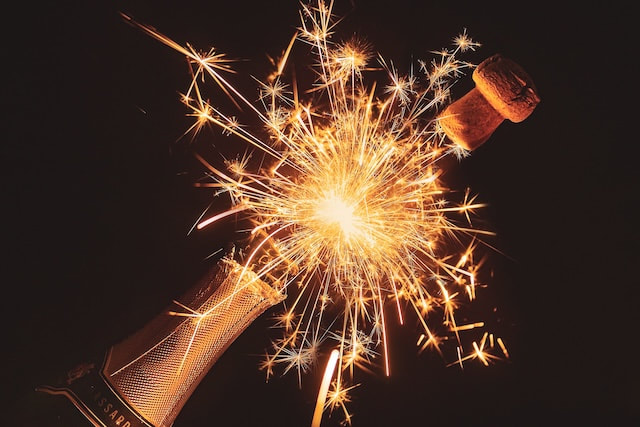
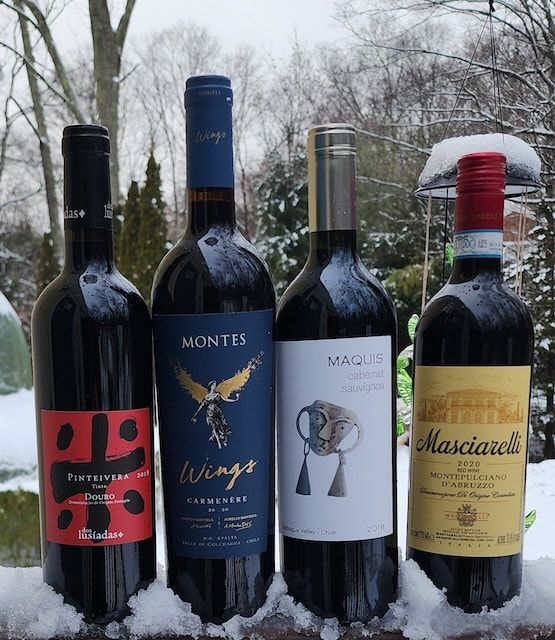
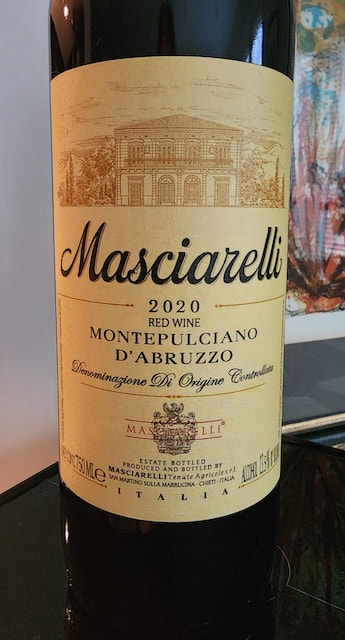
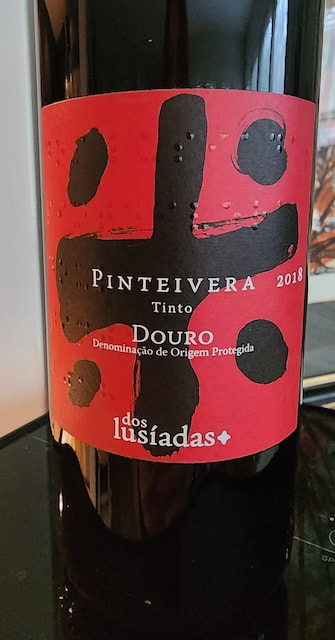
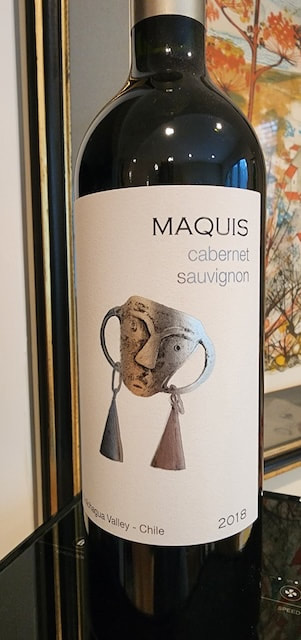
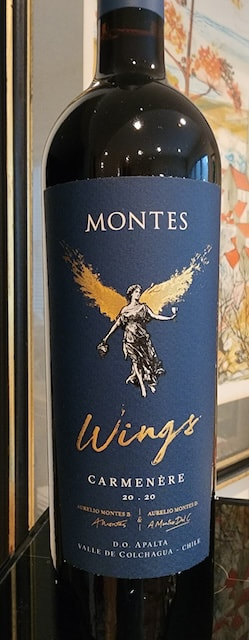
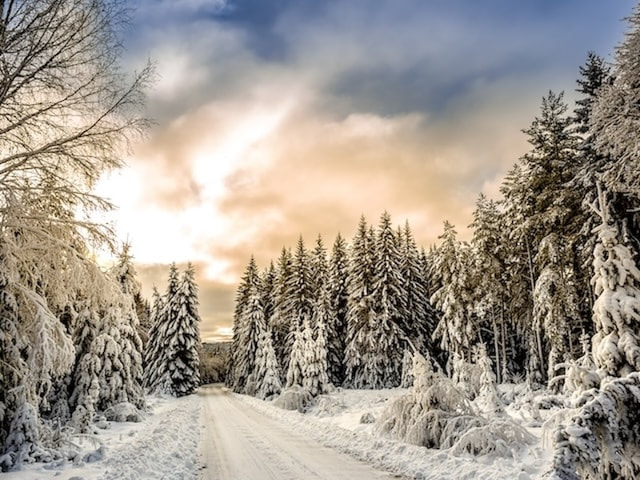
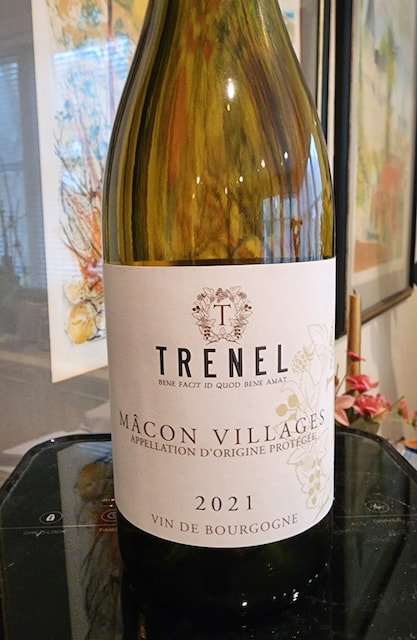
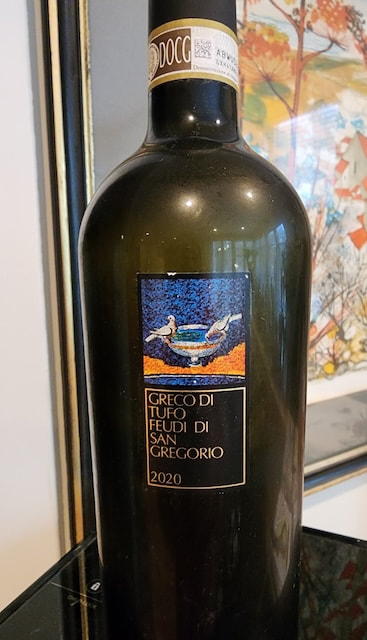
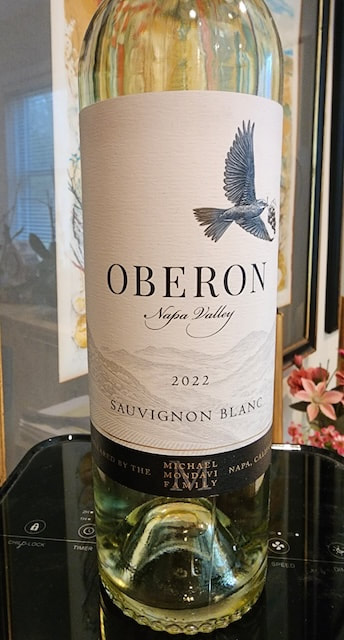
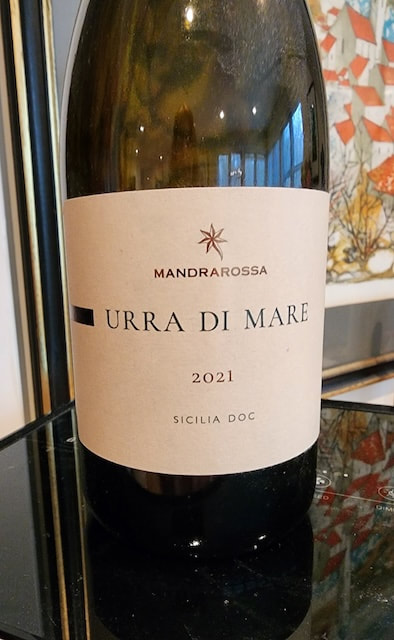
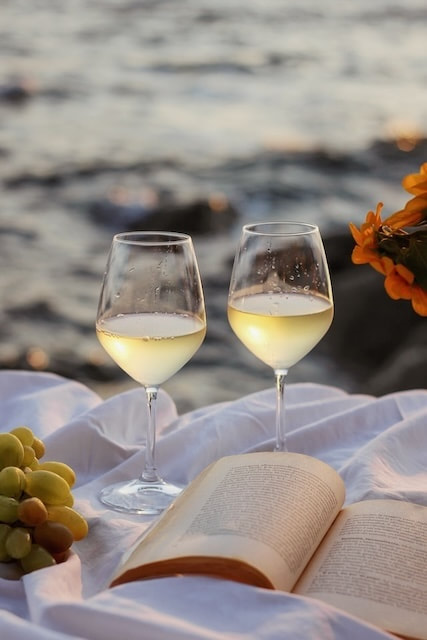
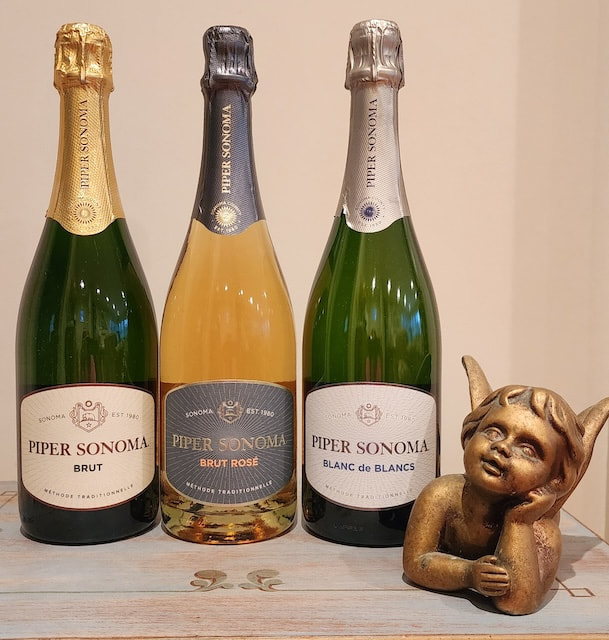
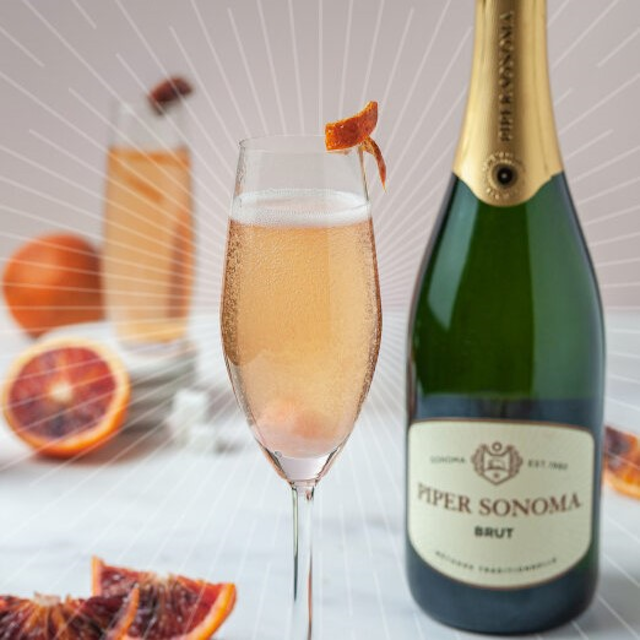
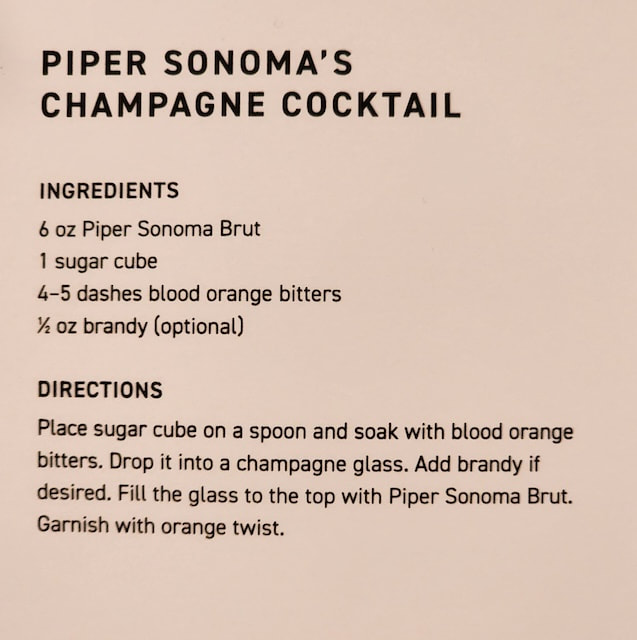
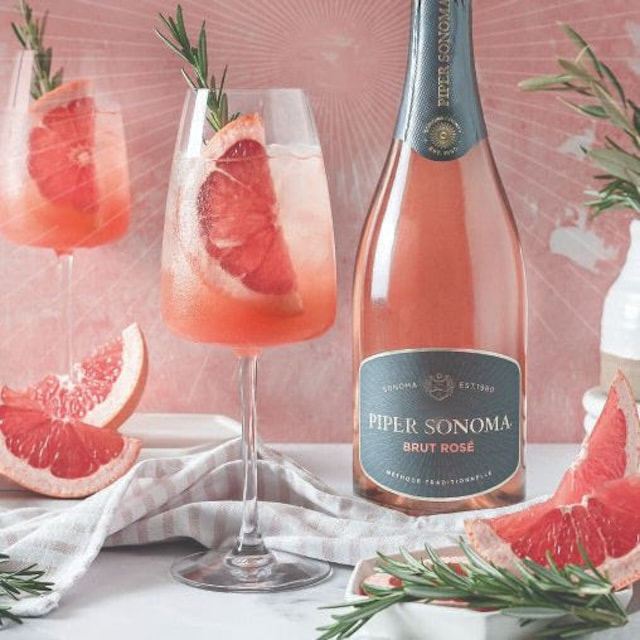
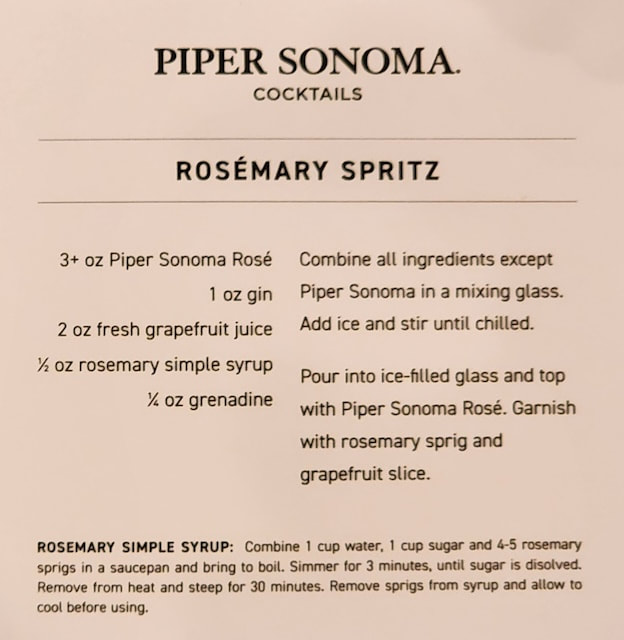
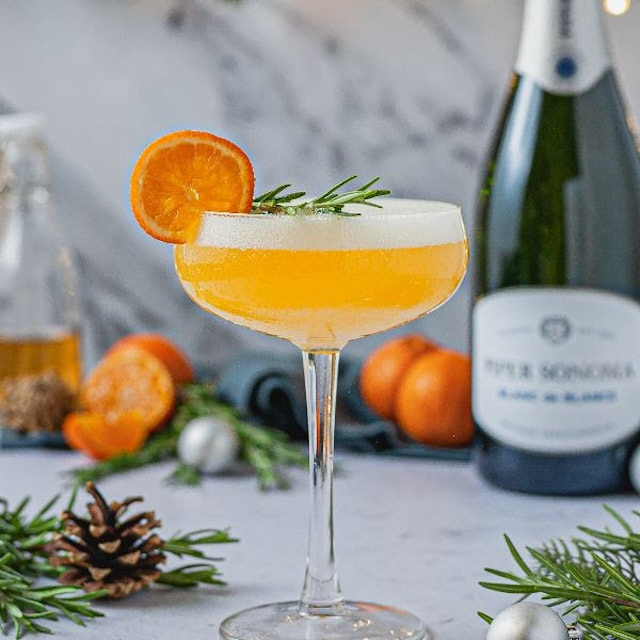
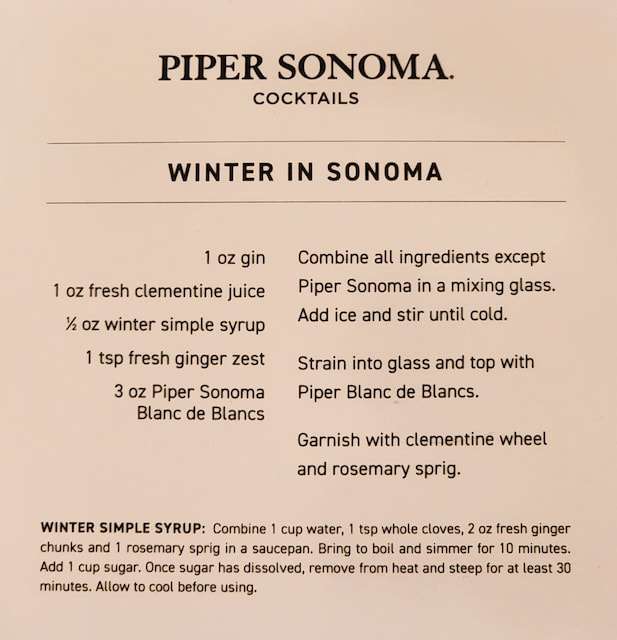
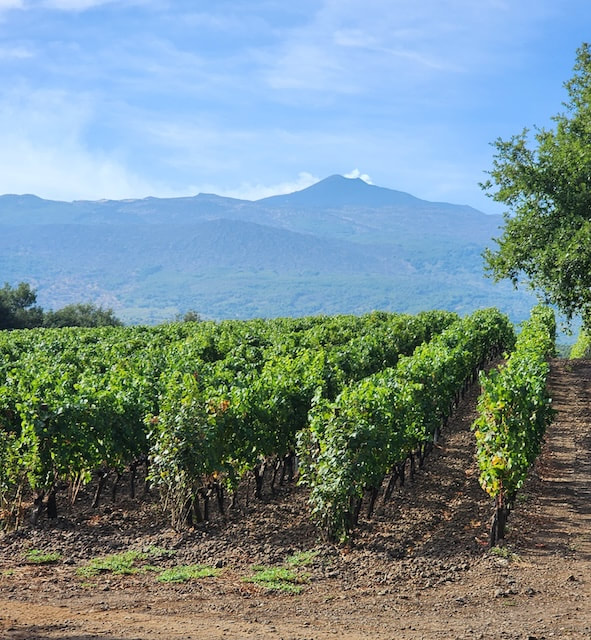
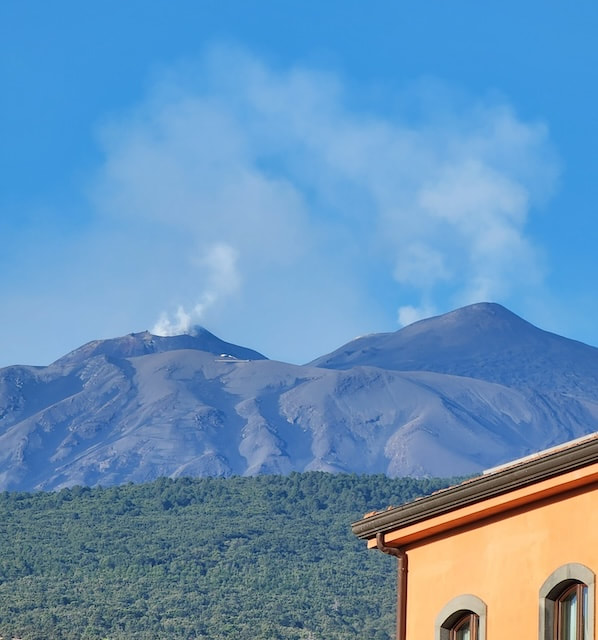
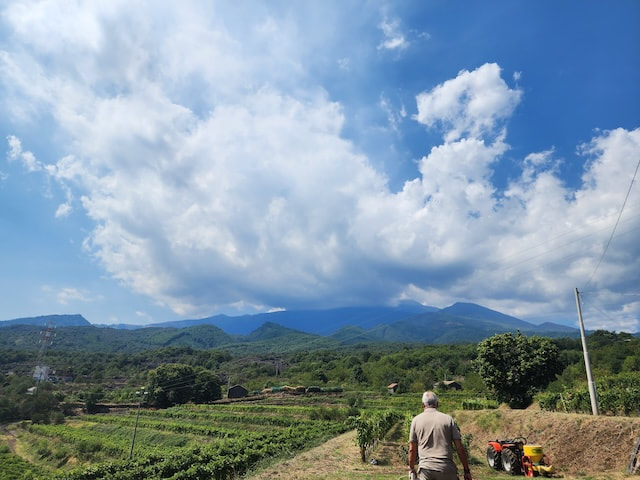
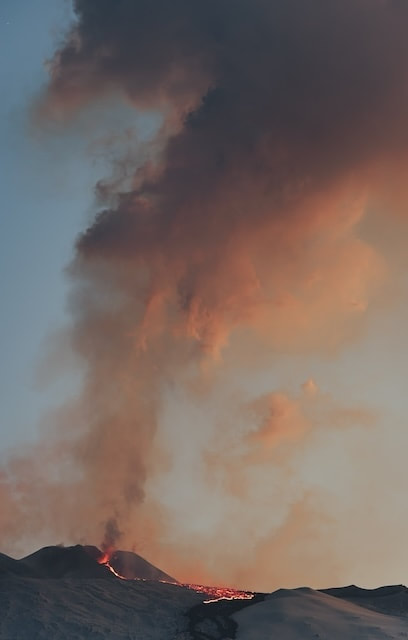
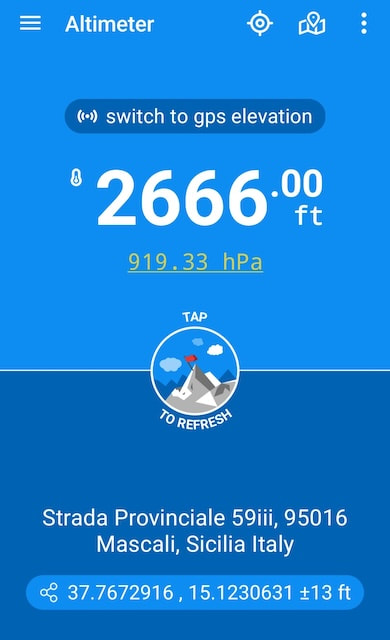
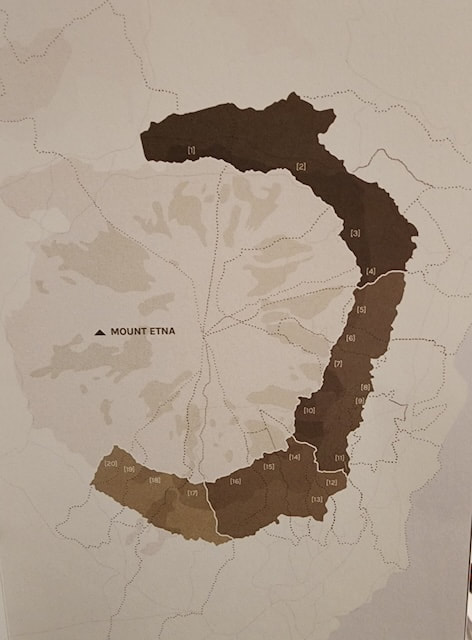
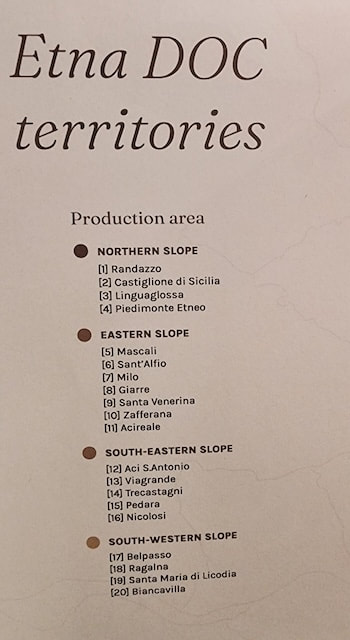
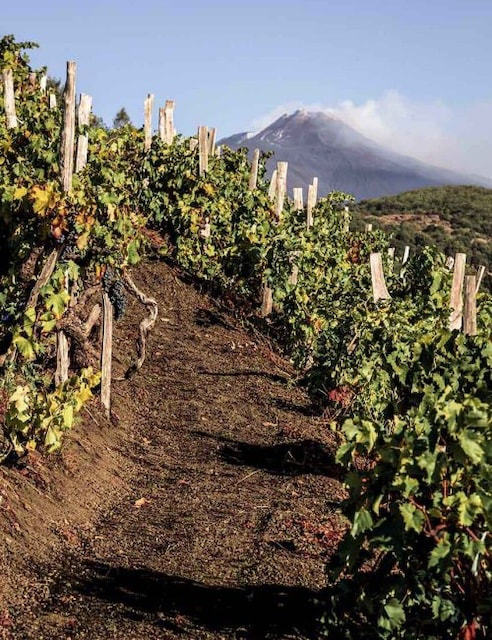
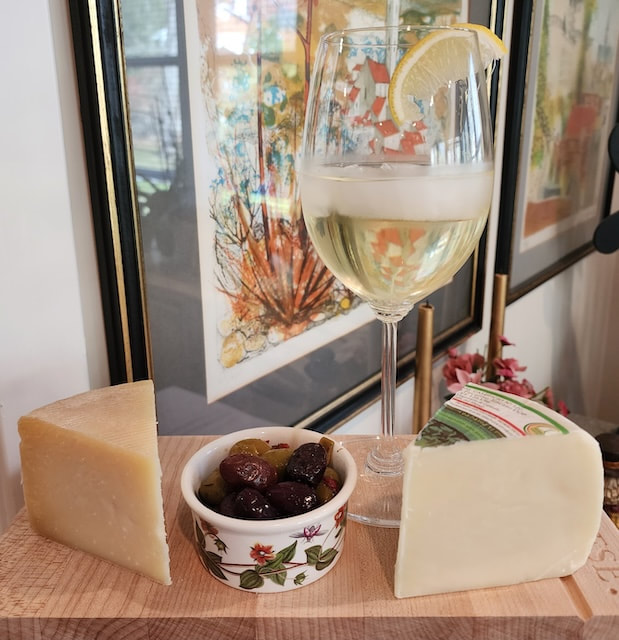
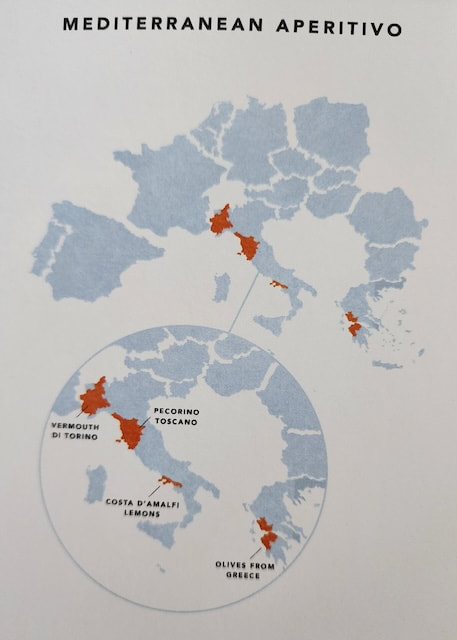
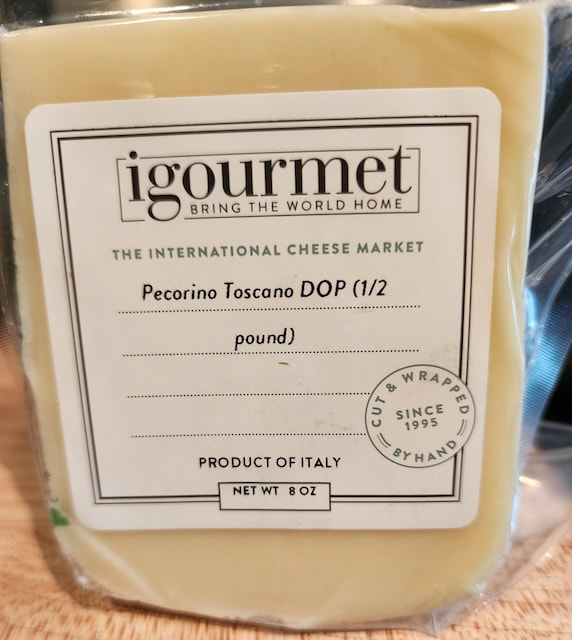
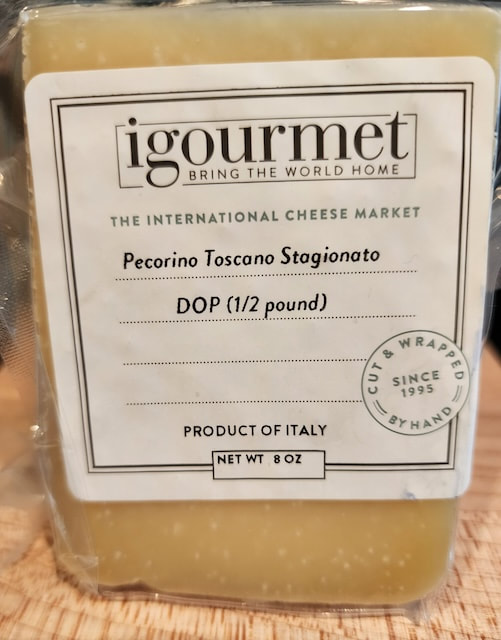
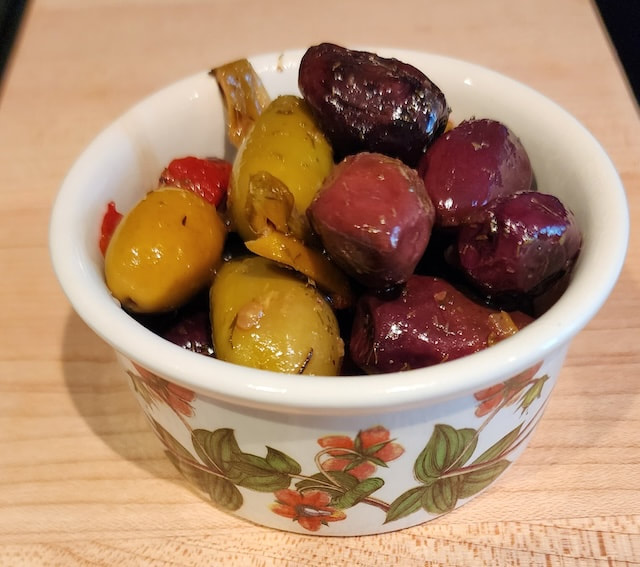
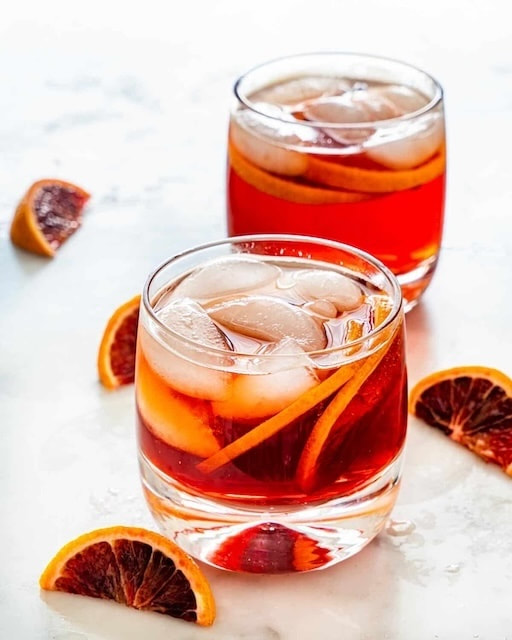
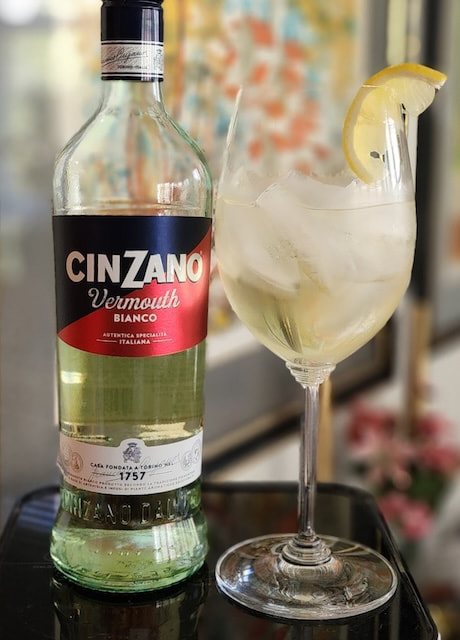
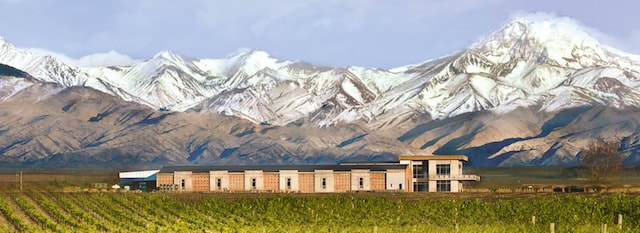
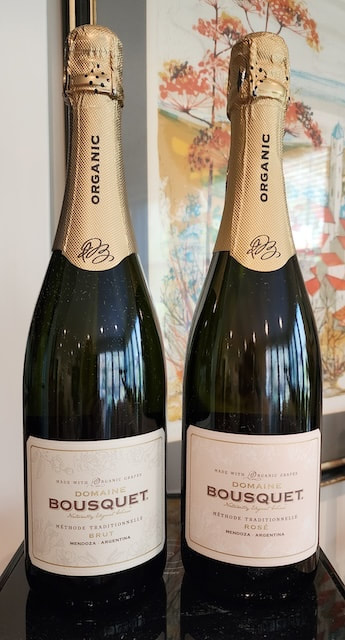
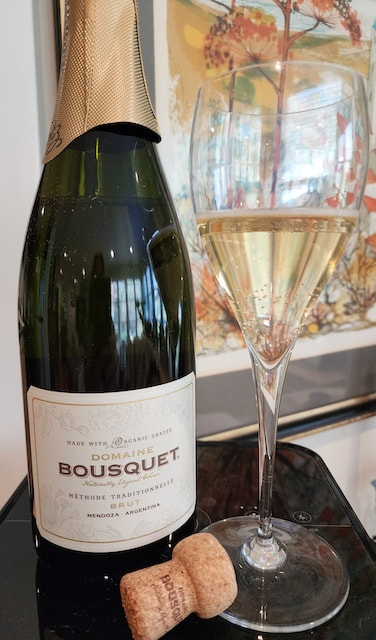
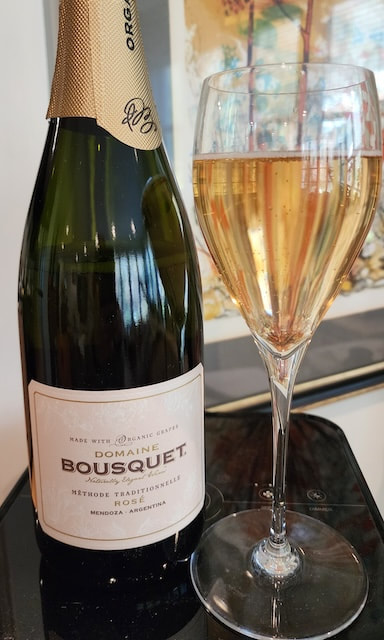
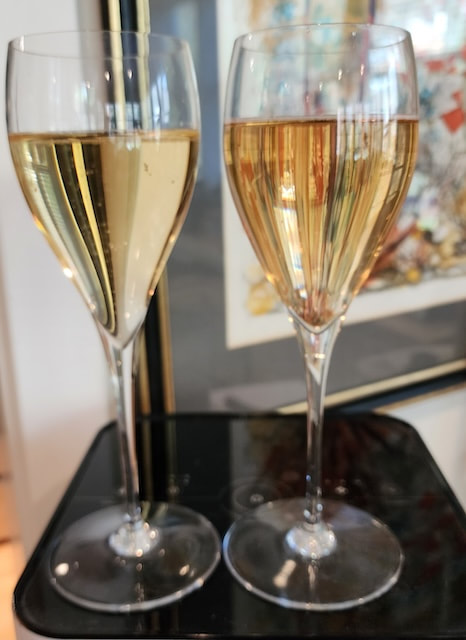
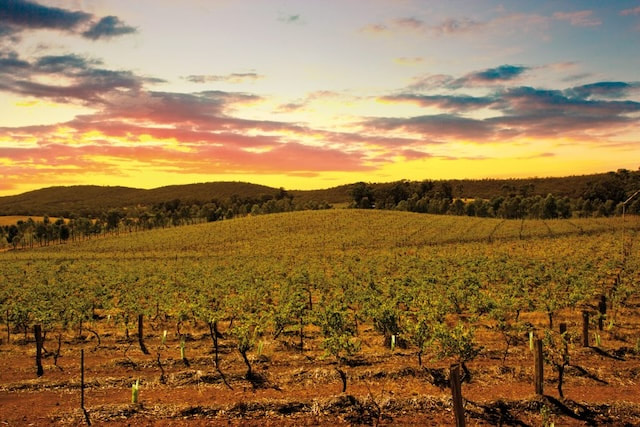
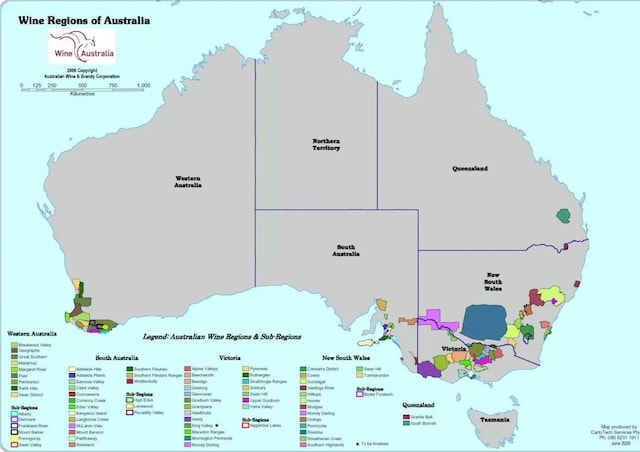
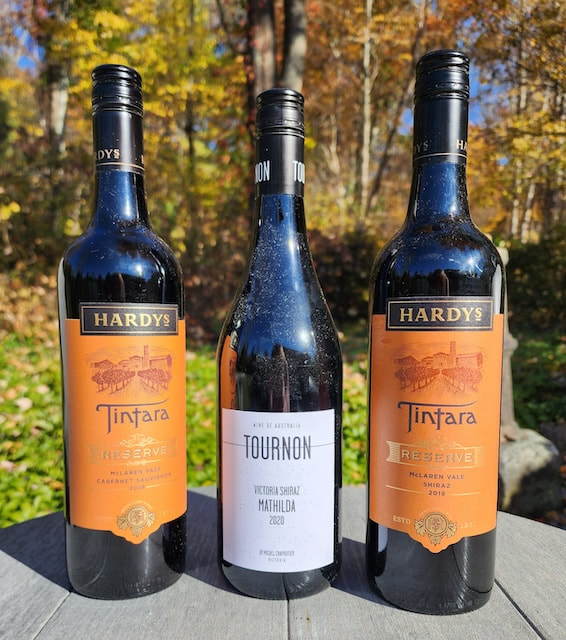
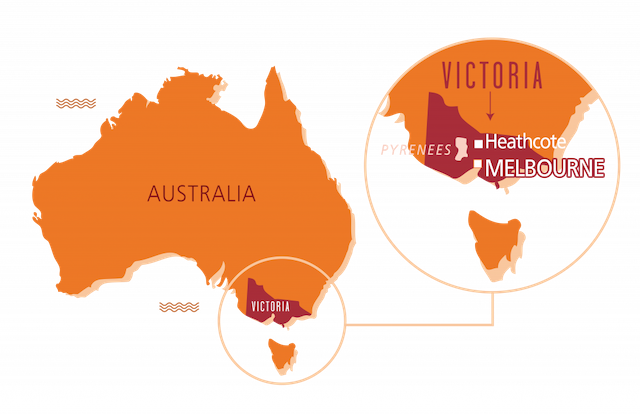
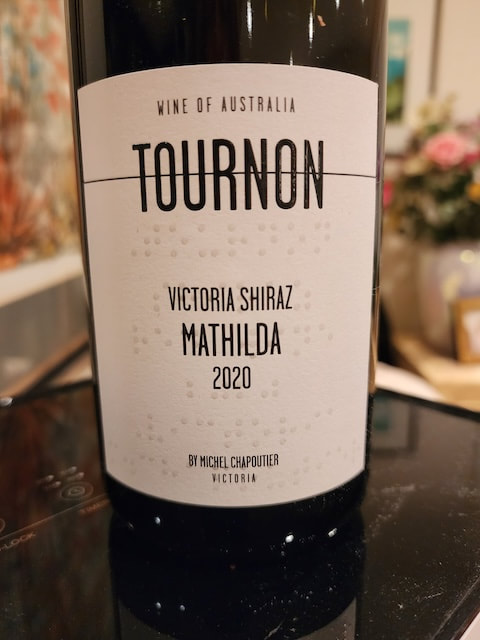
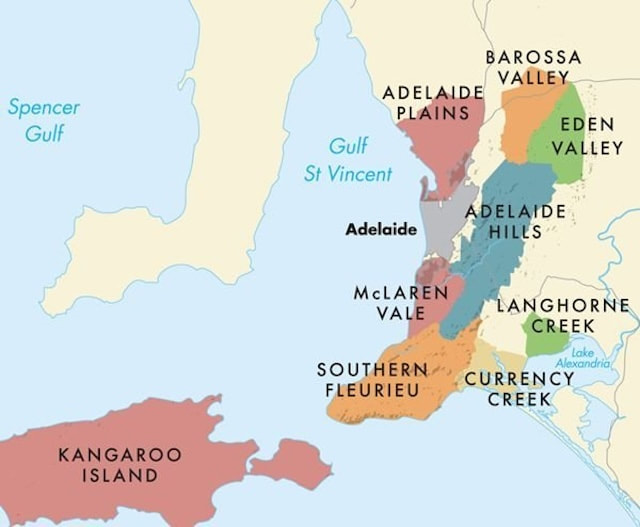
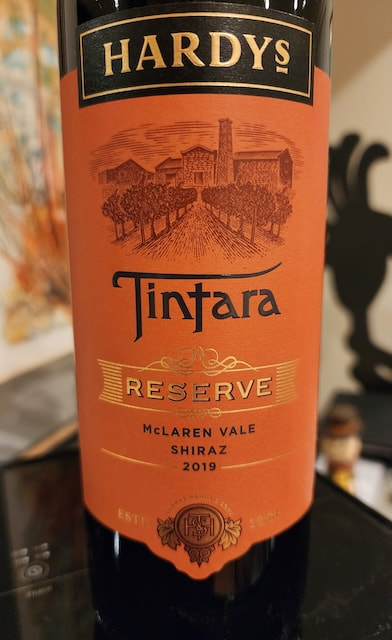
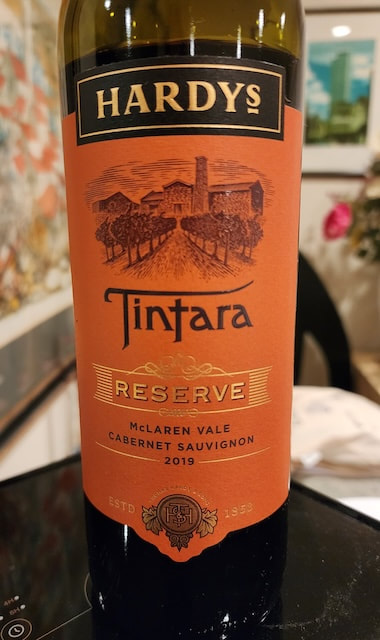
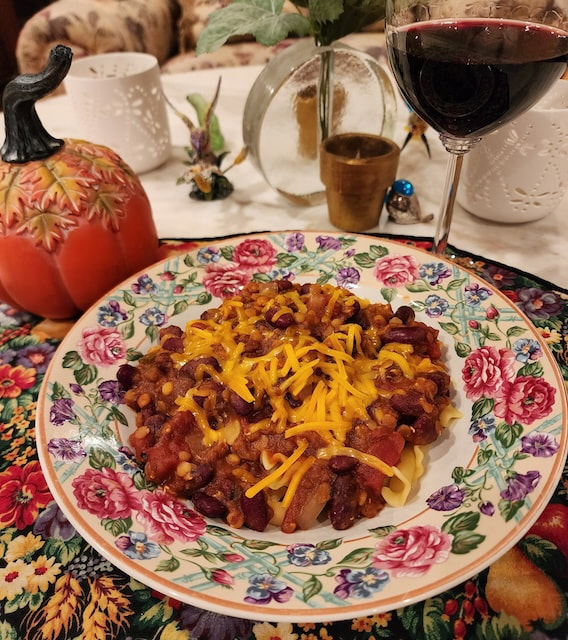
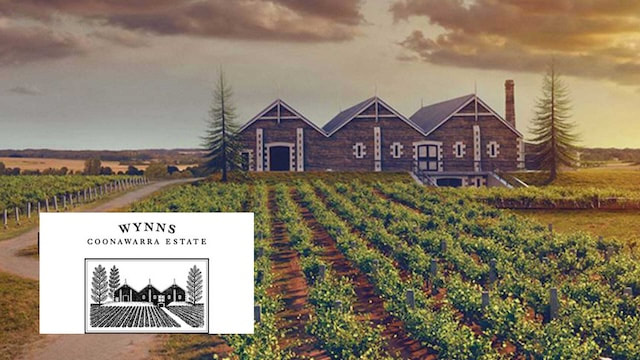
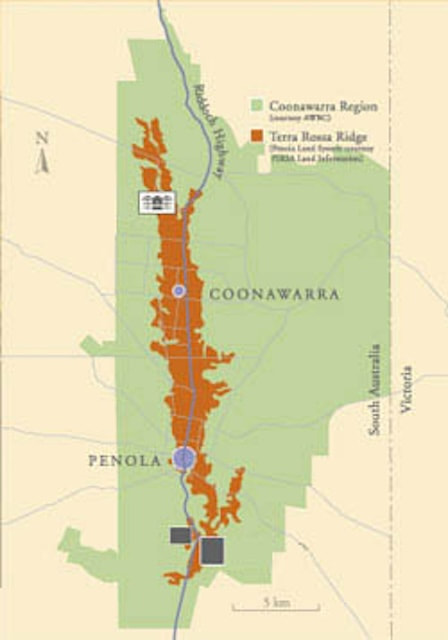
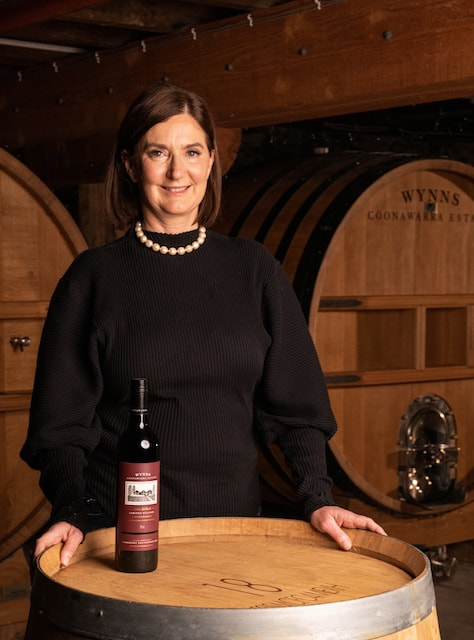
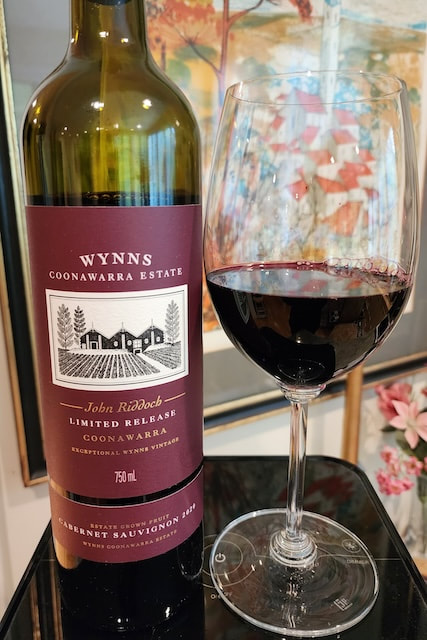
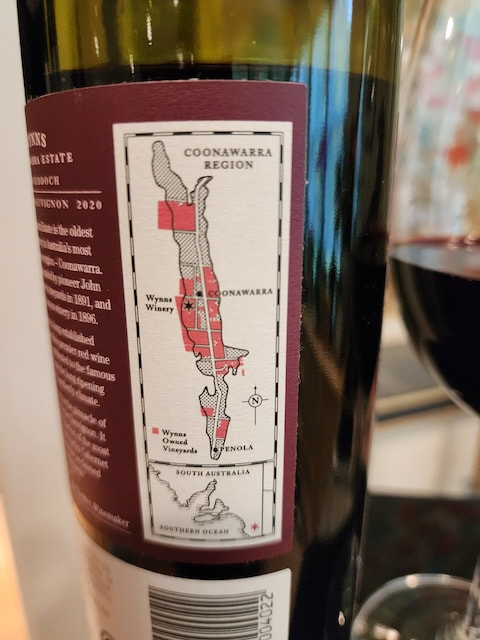
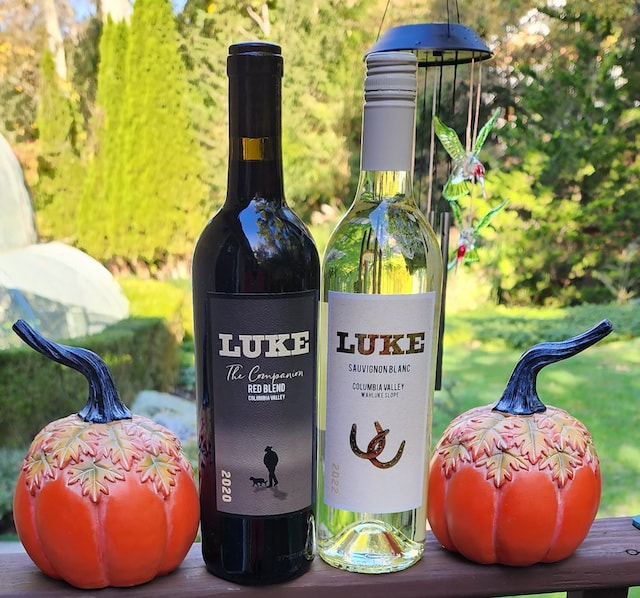
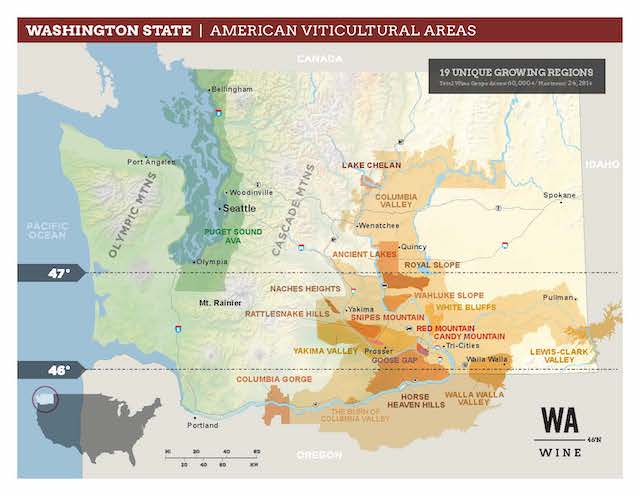
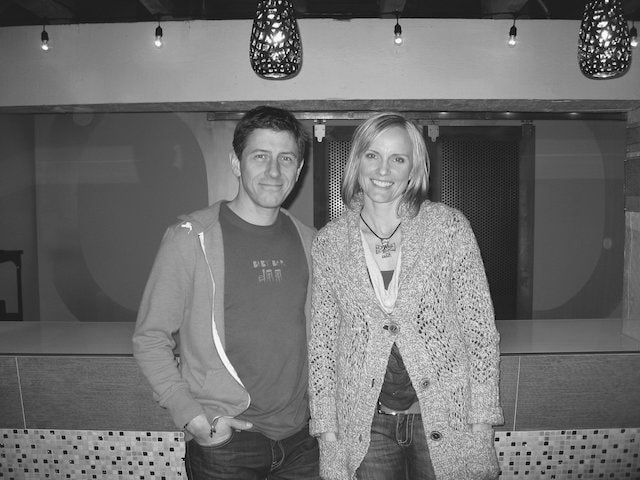
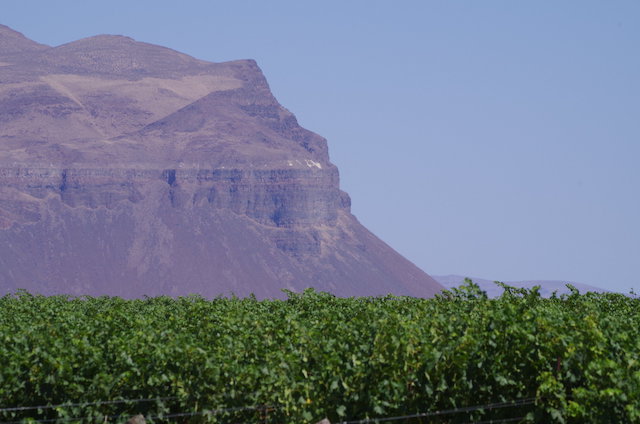
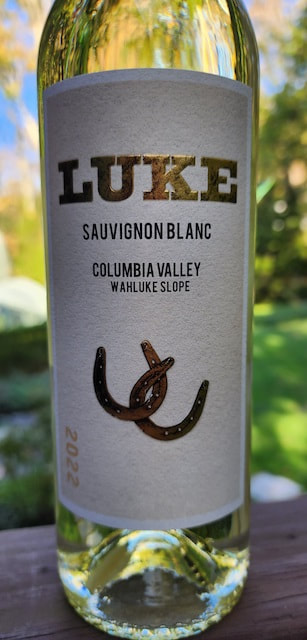
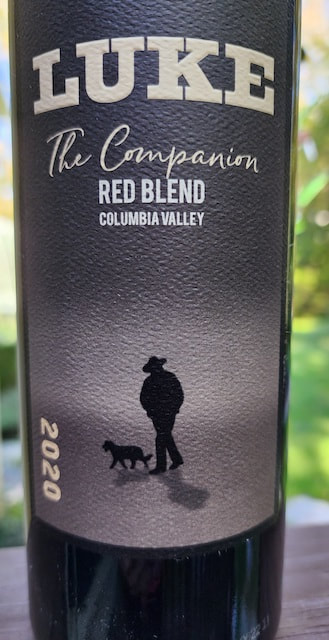

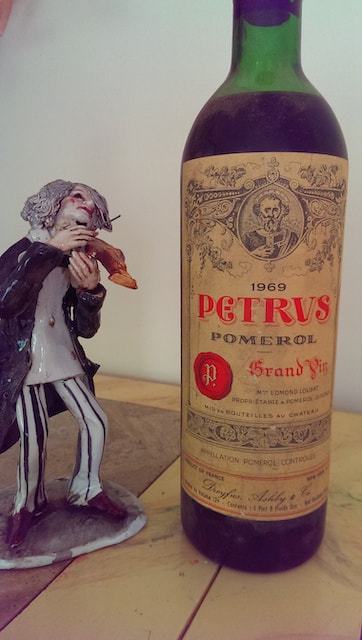
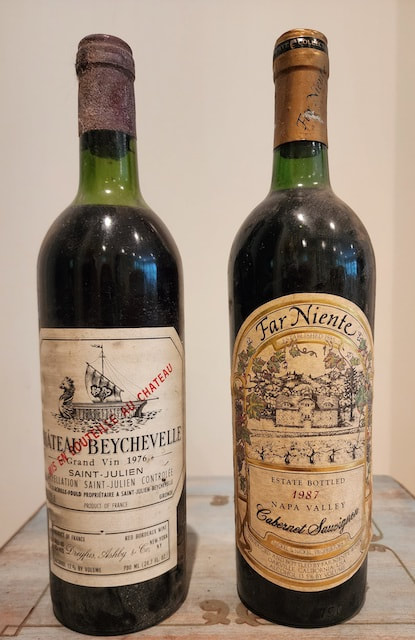
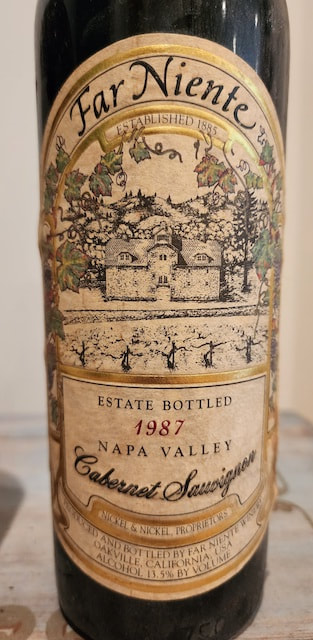
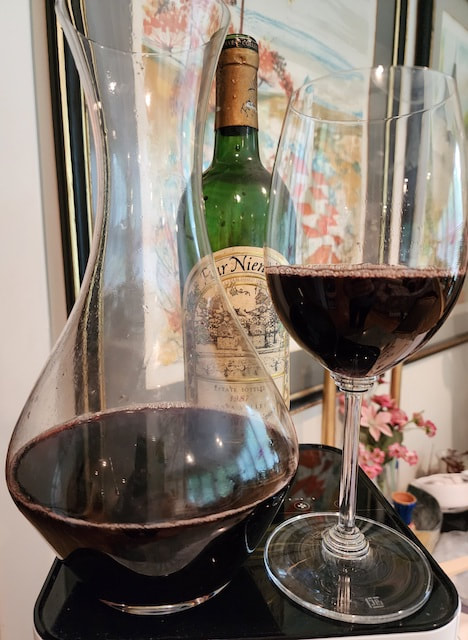
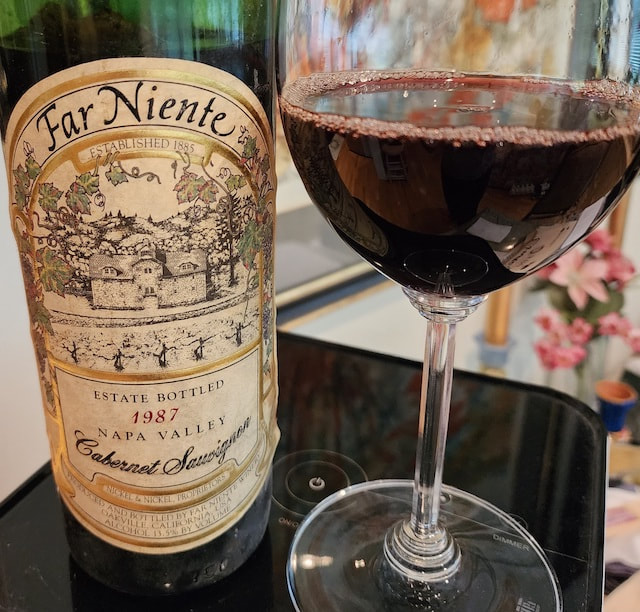
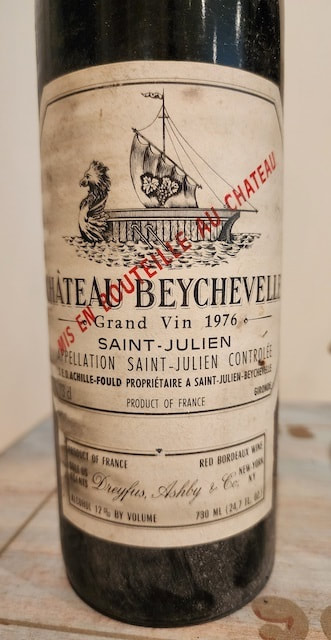
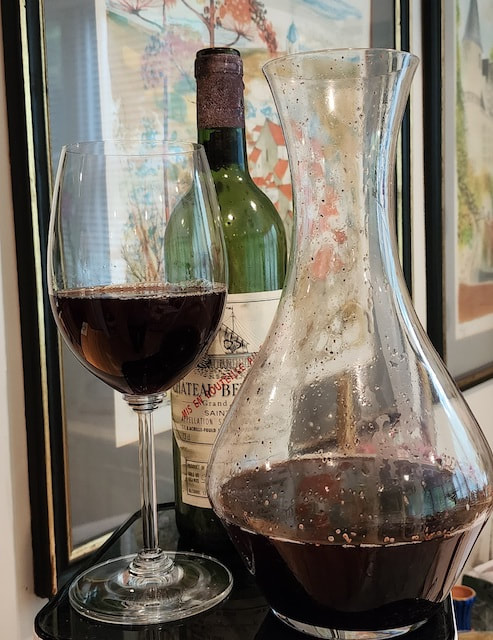
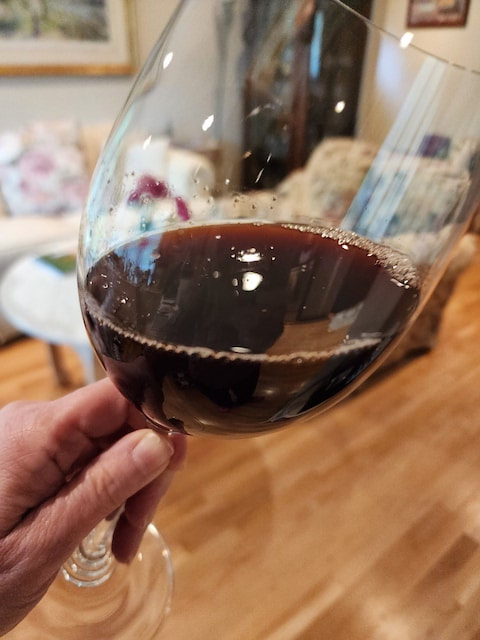

 RSS Feed
RSS Feed